Common Adventures
Common Adventures
Story By Court Ogilvie
Photos by: Court Ogilvie and Jeff Macklin
If you are a contributor to the Alpacka blog, I doubt we’ve met. But I probably know your name. And I can promise that I’ve been inspired by your adventures. My idea of what’s possible in these boats expands with your every post and I thank you for that!
I don’t do the kinds of flashy things that show up on these pages, but I share something with many of you in that I’m an explorer at heart. While I didn’t get my first Alpacka until about ten years ago, I’ve been running class III/IV in a whitewater-outfitted open canoe for more than three decades. I bought that first Alpacka, a Denali Llama, primarily for tripping on easy rivers. I eventually moved into whitewater--but deep down, I knew that a middle-aged recreational paddler couldn’t do the same things in a packraft that I was doing in my hard boat.
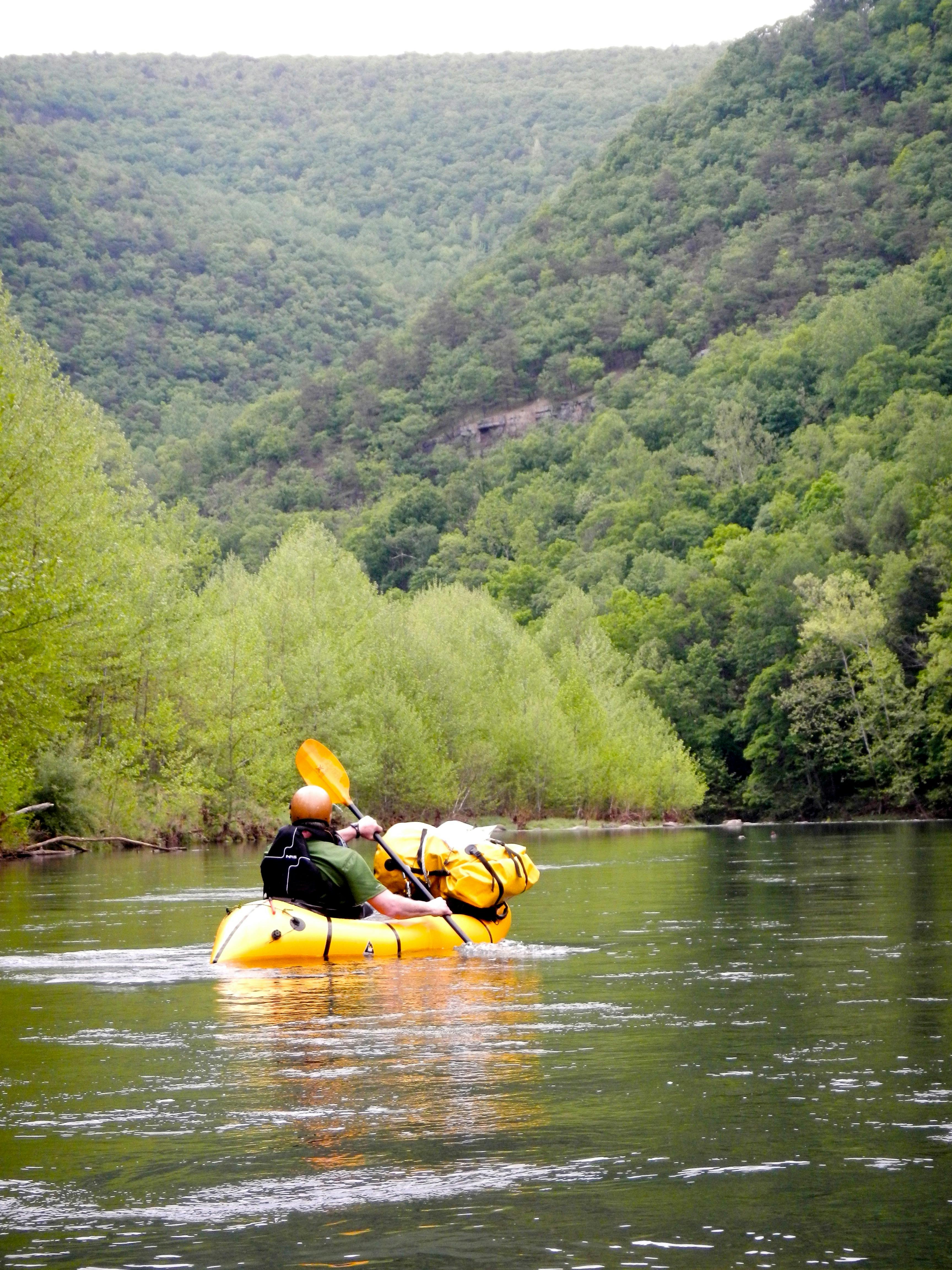
Smokehole Canyon, West Virginia
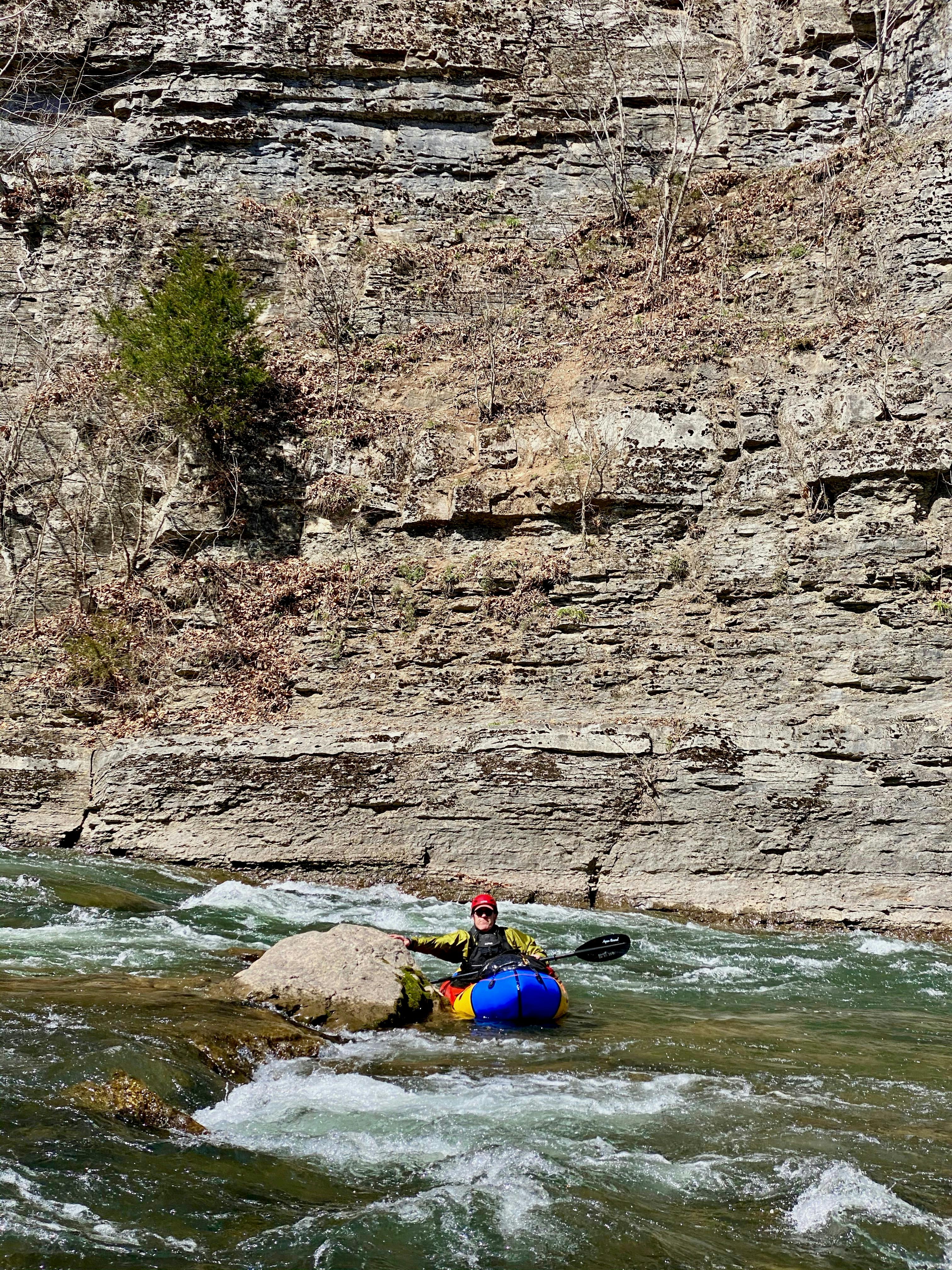
Hopeville Canyon, West Virginia
However, those 30 years brought an unexpected advantage: I already know a lot of local whitewater rivers. With that knowledge—along with a few swims and a few patient friends--I’ve been able to step up in difficulty by revisiting some of my backyard Mid-Atlantic runs, mostly in Virginia, West Virginia, and Pennsylvania. These aren’t notable first descents; they are familiar rivers in a new craft—and yet somehow that still feels like discovery. Lines that were routine in my hard boat became new, more interesting, sometimes even dicey. These boats are capable, nimble, and responsive…but they are different. They require me to look at old things in new ways, to re-see things that had been obscured by familiarity. And that’s a big part of the fun!
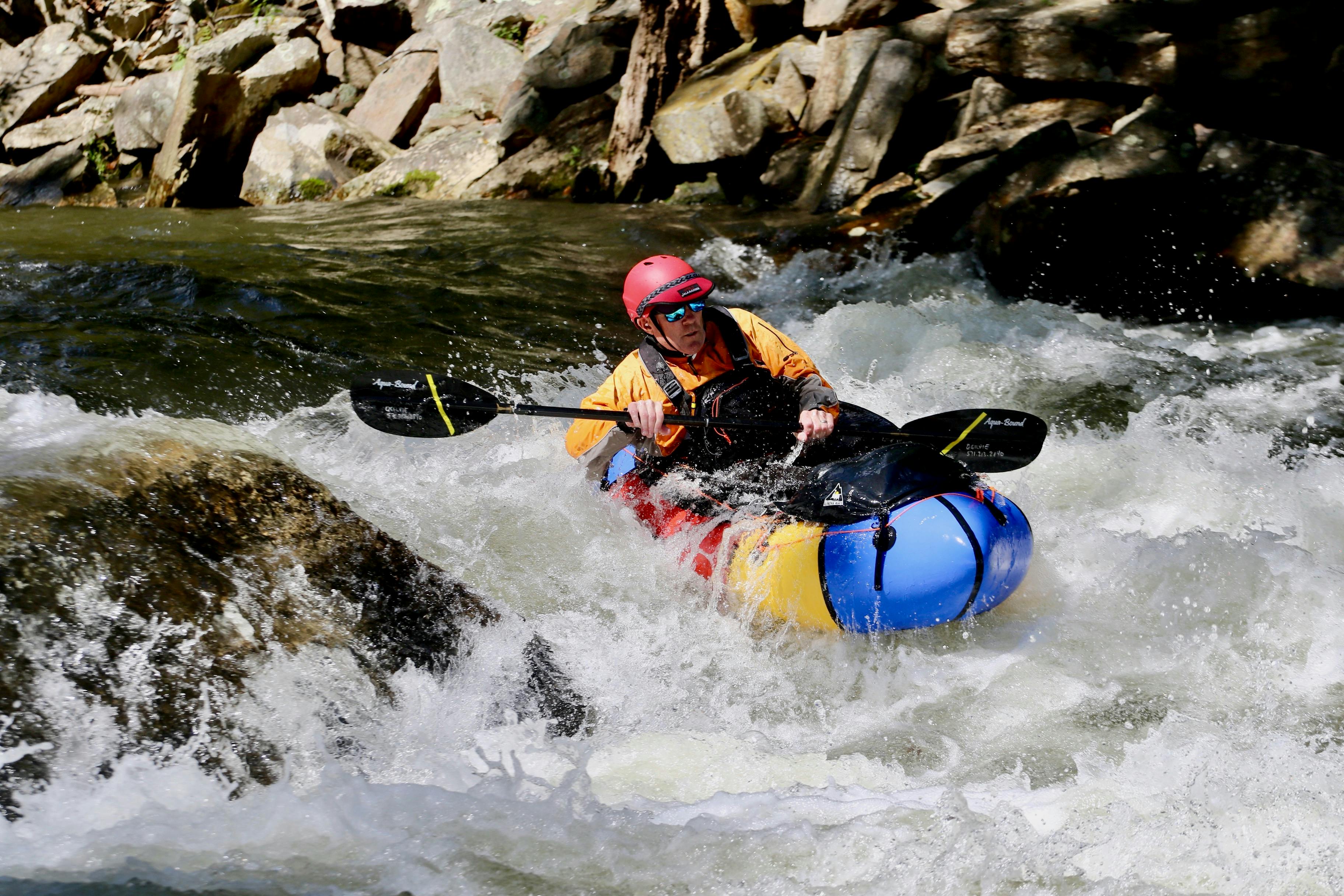
Nantahala River, North Carolina
These days, most every time I show up at a put-in around the Mid-Atlantic with an Alpacka is a discovery for somebody. River managers in the East are still so unfamiliar with these boats that they puzzle over whether they are even allowed. At a popular run just a few weeks ago, a ranger wandered up and said “So, um, whose boat is this?” After a little negotiation (including my sharing a printed email from the chief ranger), I was able to launch…but that’s not a scenario you want to navigate.
And it’s not just the rangers; my fellow paddlers have been the source of some memorable exchanges, as well. Last fall at the Tohickon, an easy Class II/III dam-release run near Philadelphia, I glommed onto a large group of new friends at the put-in. Later, after the boat (if not me) had proven its mettle, the trip leader shared that one of her crew had initially said “Did you see our new friend’s boat? Who’s going to tell him to sit this one out?” Less dramatic--but still amusing--are the endless questions: What is that?! How much does it weigh? Is it durable? What’s the zipper for? Just one chamber?
The river professionals had questions, too. A few years back, I reached out to book lessons in my Alpacka at the Nantahala Outdoor Center (NOC) in Western North Carolina. NOC taught me to paddle some years ago through their top-notch whitewater school. I figured kayaking instruction would have a lot of parallels. But as they asked me over and over about my boat, it became clear that they didn’t quite know what to make of it. In the end, they reluctantly took me on, I think only because I was a “regular.” I learned a lot that day from a great instructor, but maybe he learned a little, too.
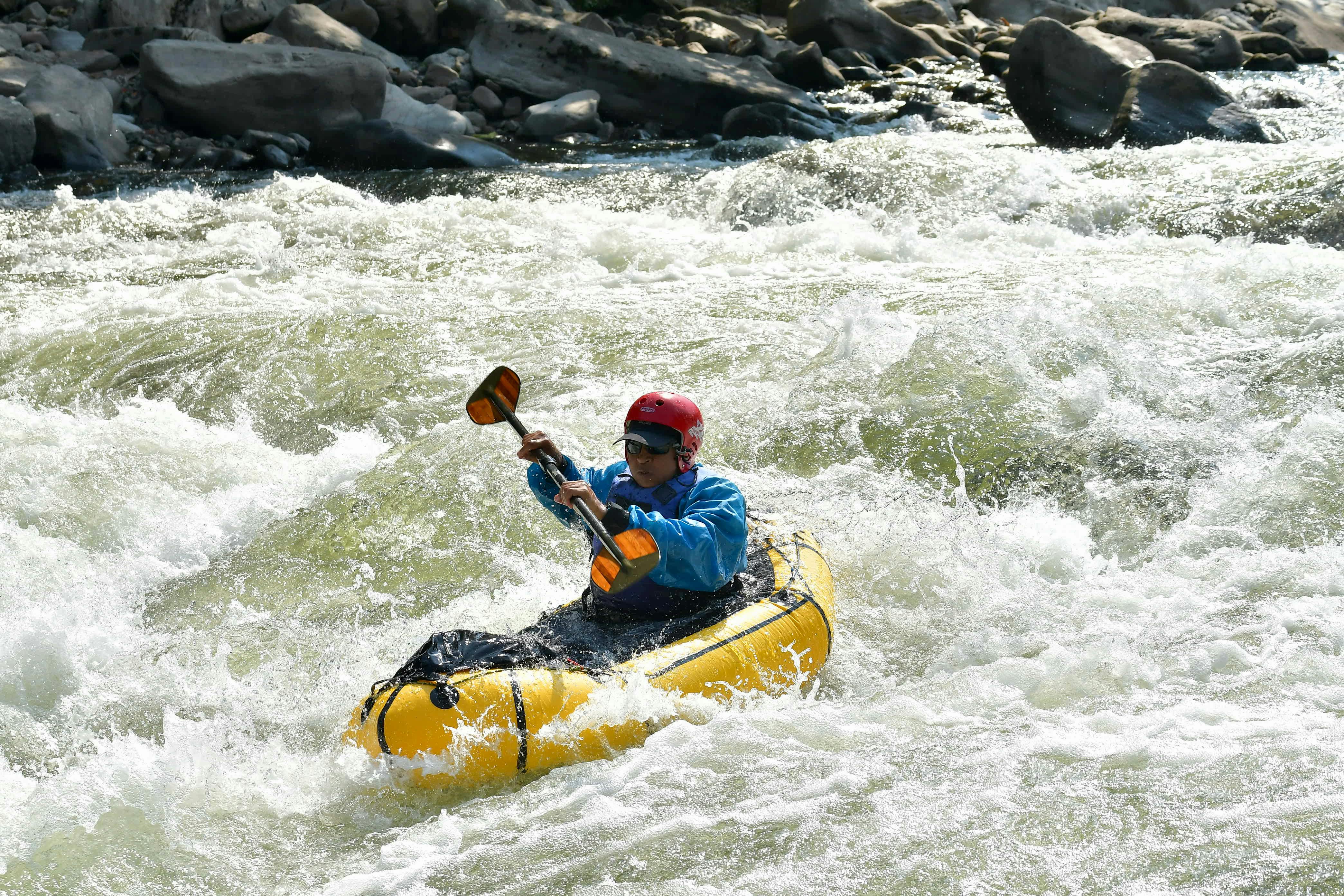
Kevin Black at Cucumber Rapids, Lower Youghiogheny, Pennsylvania
As I moved up in difficulty, I set my sights on the New River Gorge, one of the classic Eastern big water canyon runs. I already knew it well, so I figured it would be a good place for me to jump into pushier water. Curious, but not yet committed, I brought along my packraft—rolled up and jammed into the bow of my hard boat. I was waiting for the last rapid, Fayette Station, as I didn’t feel quite ready to tackle the whole run.
If you’ve been to the New River Gorge National Park and Preserve (the country’s newest national park, by the way), you know that Fayette Station is one of the best rides on the river. It might approach class IV at higher levels, but at normal flows it’s very straightforward. Once you line up, there’s not much to do except tweak your angle at the top of each wave. Amped up for my run, I nearly back-endered coming out of the deepest trough. But with so much boat out of the water, I was able to correct easily (love these boats!).
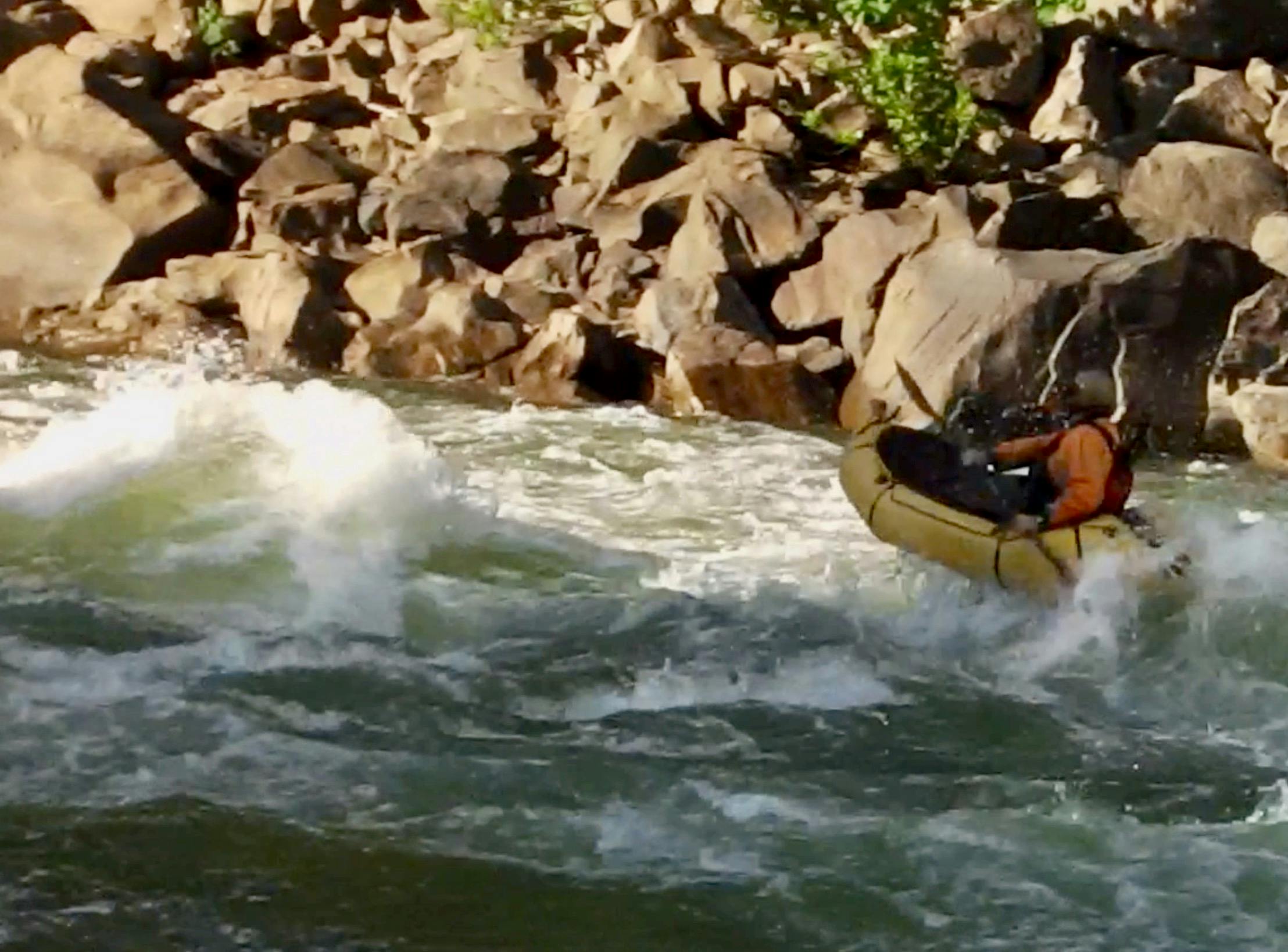
First run of Fayette Station, New River Gorge
Back-enders notwithstanding, my run of Fayette Station was unremarkable…except to me. As I look back, I am reminded of what I learned when I started paddling: don’t just decide where your limits are. Be safe, but explore your limits. Go find those limits.
Alpacka’s brand ambassadors seem to know how to do this intuitively, but not me. Almost everyone around me had ideas about what these boats could do in the hands of a weekender, and I suppose I had been listening. That day on the New, folks were scurrying around on the banks with ropes and cameras as if they were witnessing history. I wanted to think that they were.
Since then, I’ve ticked off lots of runs that I had always thought were out of my reach. My modest journey has taught me that adventure is where you find it. And the big discovery could be for you. Or it could even be for the folks around you (my NOC instructor now owns a Wolverine).
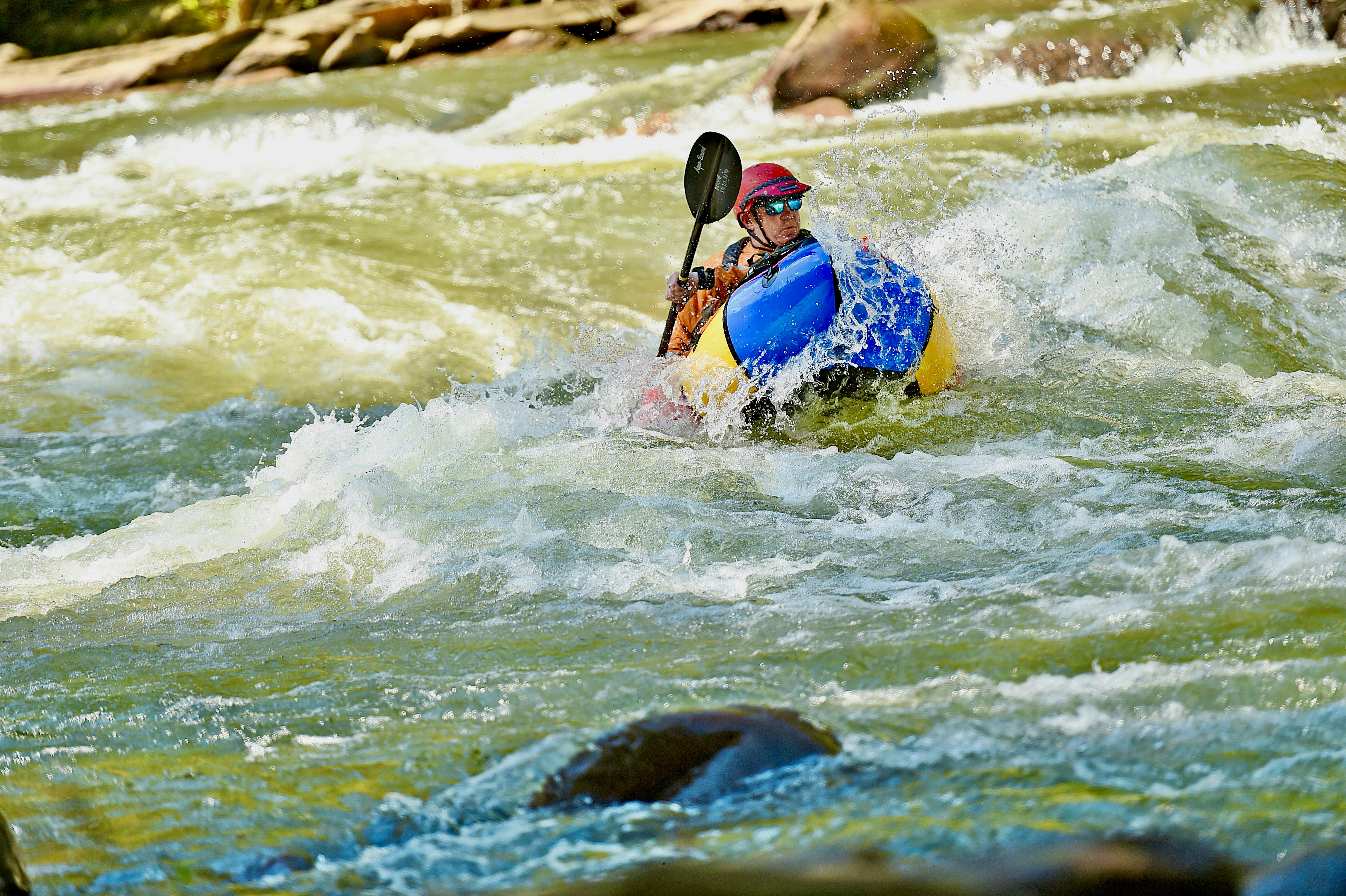
Double Trouble, Ocoee River, Tennessee
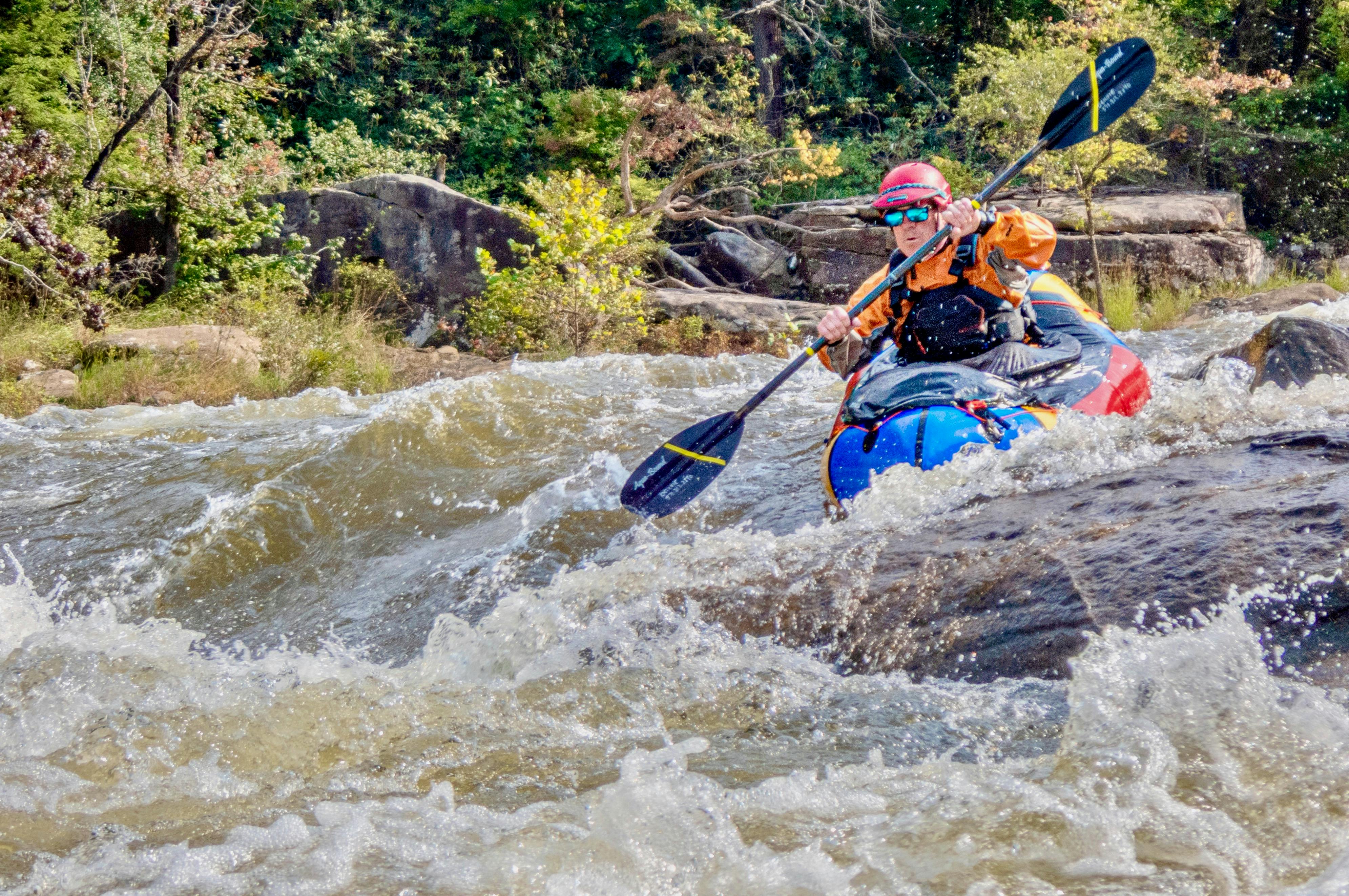
Approaching Pure Screaming Hell, Gauley River, West Virginia, Jeff Macklin photo
While I’ll never be mistaken for a sponsored athlete, we all share something. Author Wendell Berry once wrote that “Nobody can discover the world for somebody else. Only when we discover it for ourselves does it become common ground and a common bond, and we cease to be alone.” The packraft world is some fast company, and I’m happy to be tagging along.
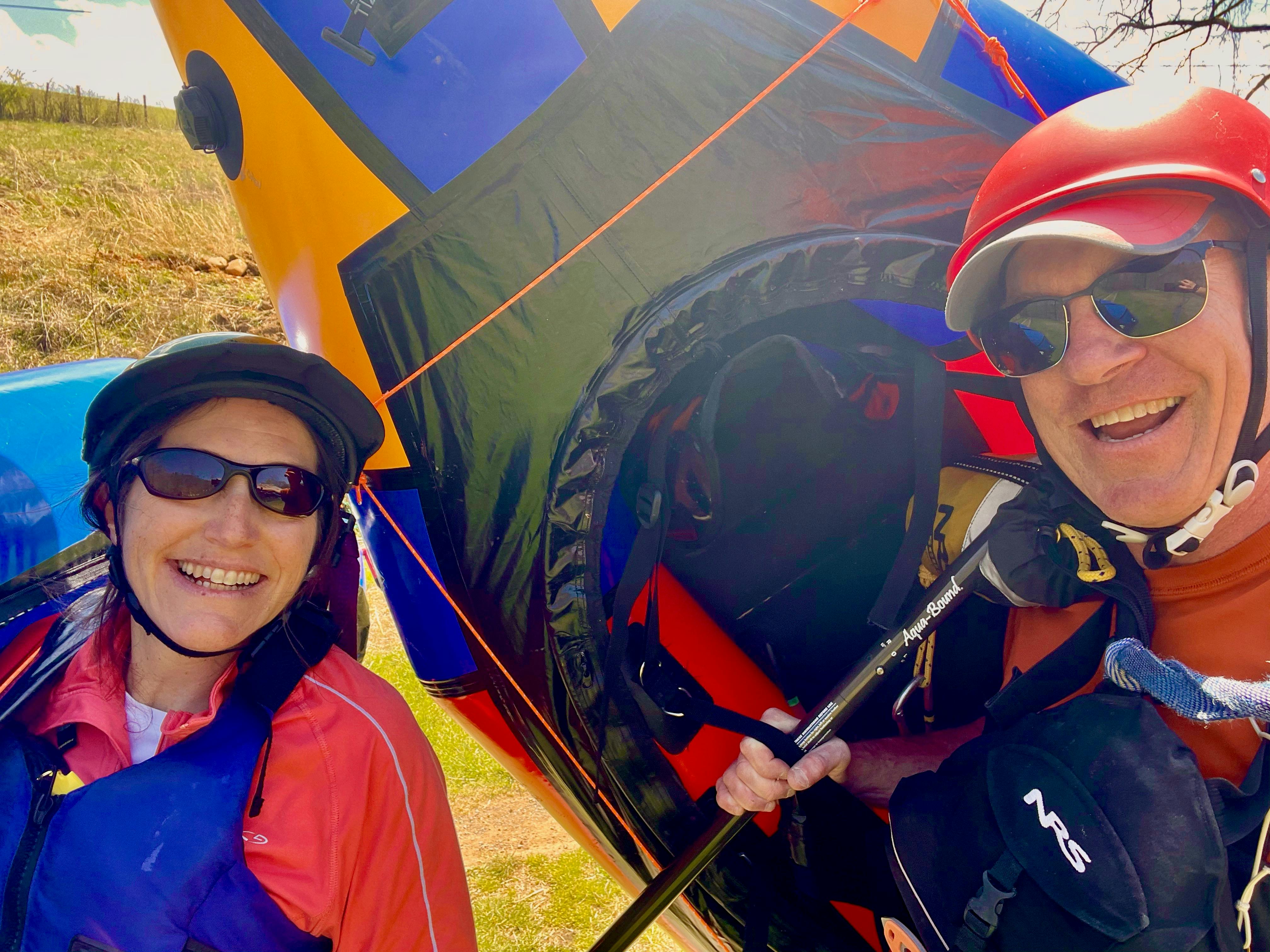
The author and his wife Suzy, walking a shuttle in Southwest Virginia